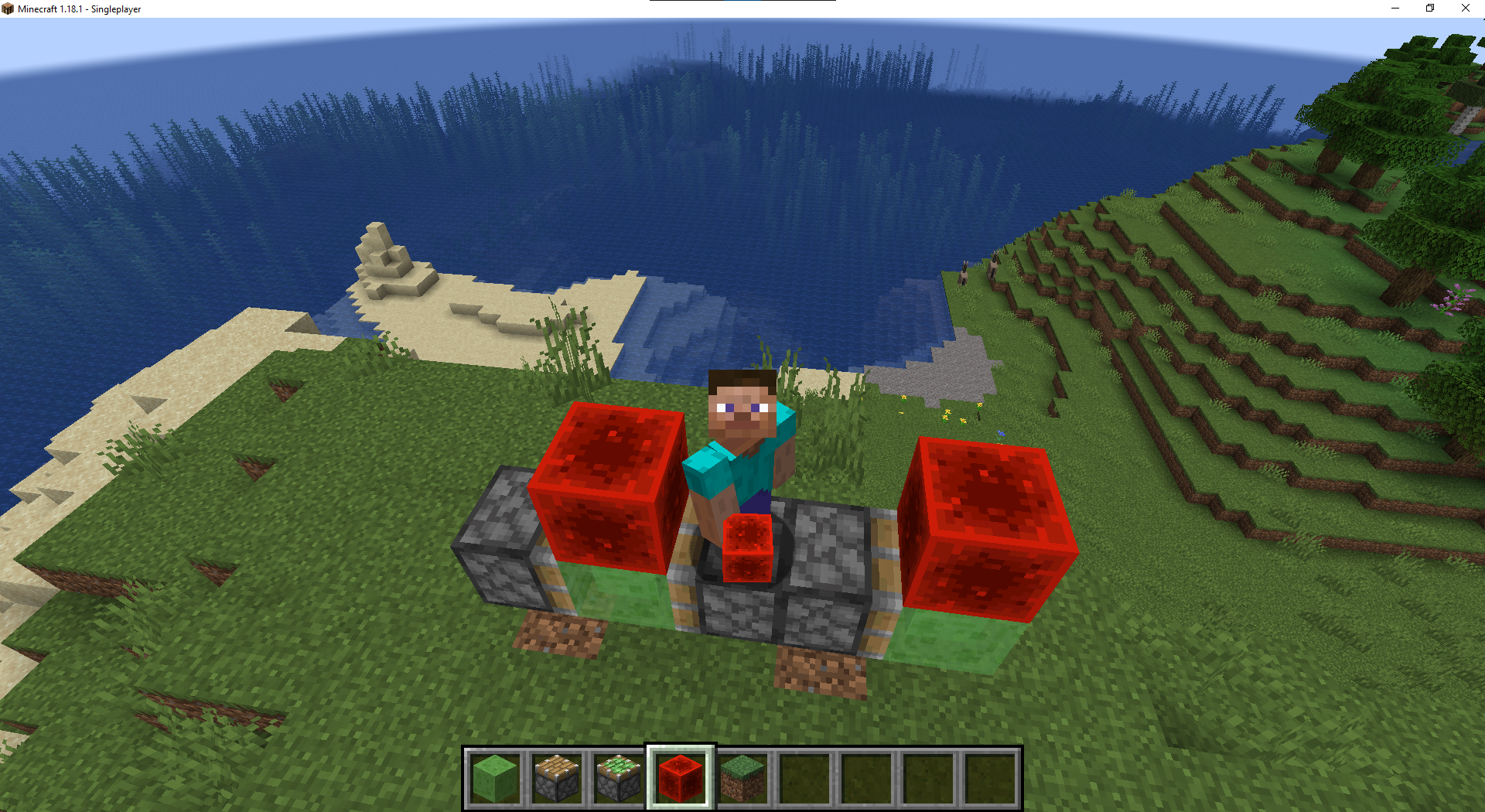Popular Now
In Slime Rancher, exploration is more than just an optional feature—it's the lifeblood of the game’s progression and one of its most rewarding systems. From discovering new slime species and rare resources to solving environmental puzzles and unlocking ancient technology, the world of the Far, Far Range offers a surprisingly deep and layered experience. This article dives deeply into the game's exploration mechanics, guiding you through the different stages of discovery from your first steps in the Dry Reef to the radiant mysteries of the Glass Desert and beyond.
The Dry Reef: Your First Steps into the Far, Far Range
The Dry Reef is the starting area and your introduction to the vast, vibrant world of Slime Rancher. It’s a safe and visually inviting biome, with coral-colored cliffs and plenty of room to experiment.
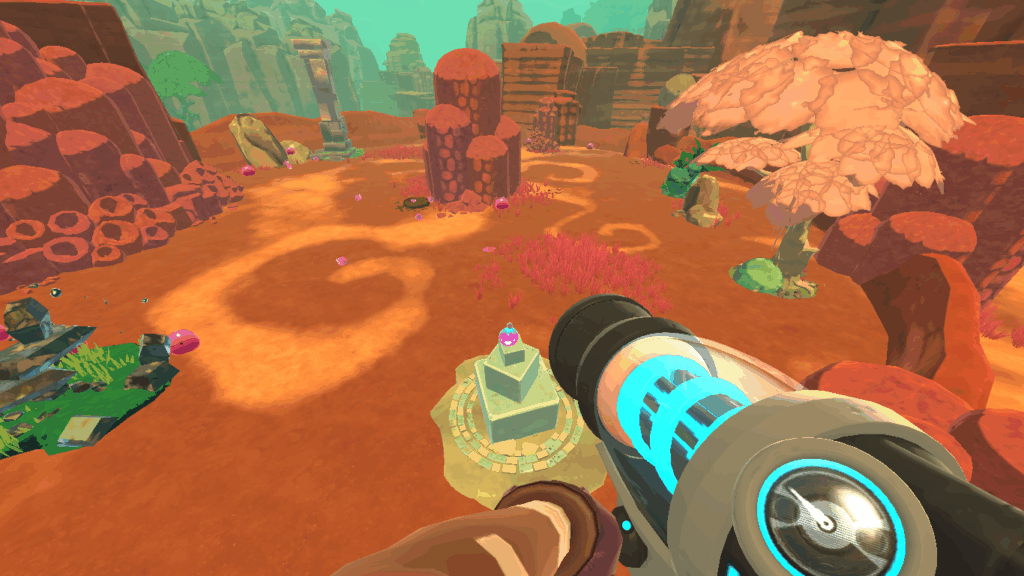
Here, players meet the game’s most basic slimes: Pink, Rock, and Tabby. You’ll also get familiar with mechanics like gathering plorts, farming food, and managing your stamina bar. This region acts as a tutorial for movement and resource collection, and it gently encourages players to start thinking about the value of exploration.
Key discoveries include the first Gordo slime, which drops a slime key, and a handful of early treasure pods that hint at the game’s crafting system.
Unlocking New Zones: The Role of Slime Keys and Gordos
As you begin to explore the Dry Reef, you'll eventually encounter Gordo slimes—enormous, stationary versions of their smaller kin. When fed enough of their favorite food, they explode in a satisfying burst, often revealing slime keys or warp points.
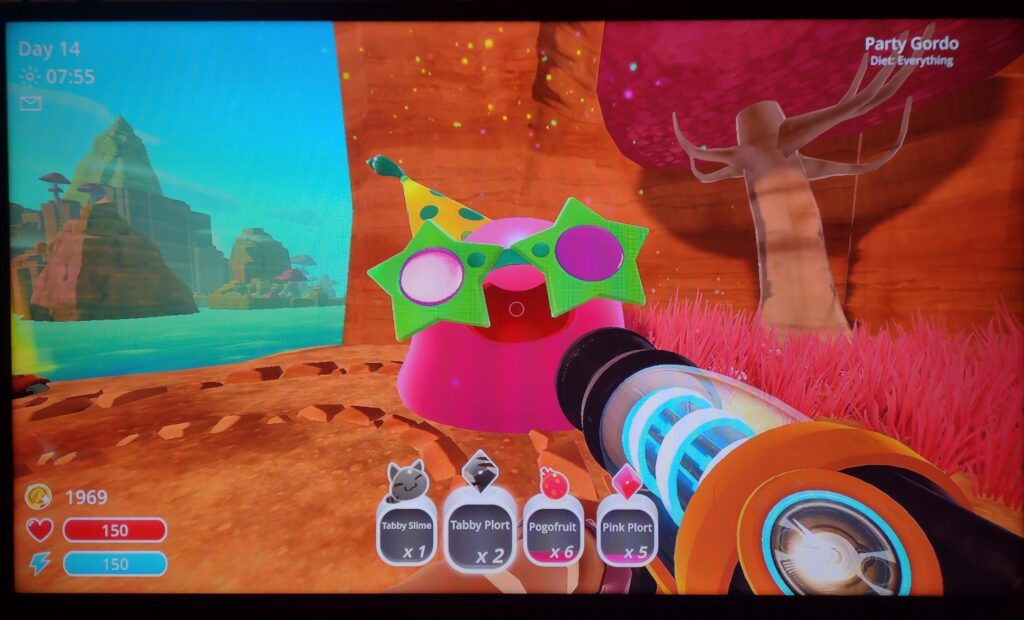
Slime keys are your passport to the more exotic zones in the Far, Far Range. This mechanic rewards players for paying attention to slime diets and gathering enough food to trigger these events. It’s a natural and rewarding way to progress through the world without feeling like you’re simply grinding.
Gordo rewards may also include treasure pods, teleporters, and other helpful utilities, making them worth seeking out as early as possible.
The Moss Blanket: A Wild, Overgrown Maze
The Moss Blanket is the first major unlock after the Dry Reef, and it feels like stepping into a completely different ecosystem. Its lush jungle environment is filled with towering mushrooms, overgrown plants, and a diverse collection of new slimes.
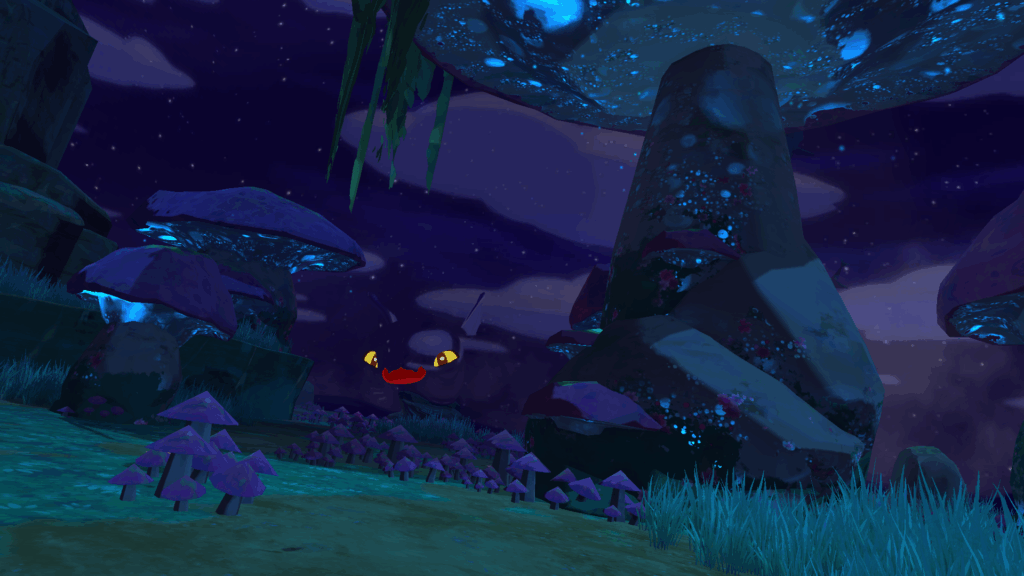
Here, you’ll meet Honey, Boom, and Hunter slimes—each more complex than the species found in the Dry Reef. The area’s layout is less linear and requires more vertical movement, so a jetpack becomes an invaluable tool.
Danger also steps up here. Feral Largos lurk in tight corridors, and navigating back to safety without upgrades can be tricky. Despite the risk, the Moss Blanket is a resource-rich biome that pays off for curious and cautious explorers.
Indigo Quarry: Minerals, Geysers, and Slime Science
The Indigo Quarry sits opposite the Moss Blanket in tone and appearance. With rocky terrain, mineral geysers, and underground caverns, it’s home to Rad and Crystal slimes—some of the game’s most dangerous species due to their area-of-effect hazards.

This area also introduces new vegetables like Oca Oca, and it’s a goldmine for slime science resources. Drills and extractors work especially well here, and many high-tier blueprints require the rare materials found in this zone.
The Indigo Quarry emphasizes resource gathering and introduces more environmental danger, so upgraded equipment like health boosts and protective gear become increasingly essential.
The Ancient Ruins: Portals and Quantum Puzzles
The Ancient Ruins are the first area that truly shifts the game’s tone from playful to mysterious. Hidden behind slime-plort switches and guarded by a Quantum Gordo, this zone introduces Quantum slimes and basic puzzle elements.
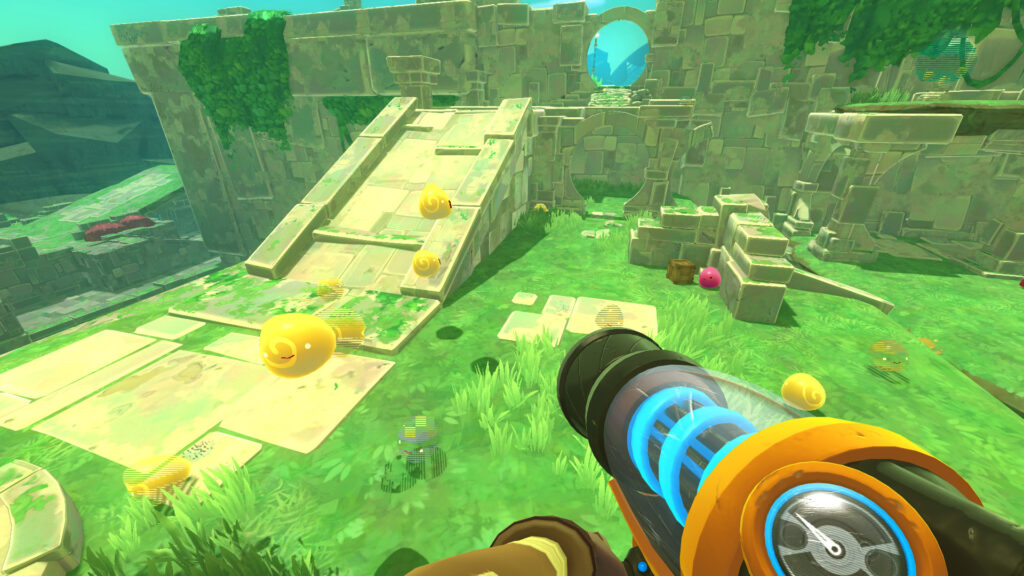
Quantum slimes are difficult to manage due to their ability to duplicate and teleport. Their unique Phase Lemon food also requires a special harvesting method, adding complexity to slime care.
The Ancient Ruins aren’t just a physical space; they’re a narrative one, hinting at the game’s deeper lore and technology. The area serves as a gateway to the Glass Desert and challenges players to think more strategically about movement and slime behavior.
The Glass Desert: Firestorms and Restoration
Beyond the Ancient Ruins lies the Glass Desert, a vast and haunting biome of petrified dunes, burning sunbeams, and half-buried ruins. It introduces the game’s most exotic slimes: Mosaic, Dervish, and Tangle.

Environmental puzzles take center stage here. Players must activate ancient fountains to restore water to oases, bringing life back to the desert. Without these restorations, many slimes won’t even spawn.
Random solar flare events spawn firestorms and aggressive Fire and Lava slimes, adding high-stakes tension. Mastering the Glass Desert requires excellent time management, smart gadget use, and deep knowledge of slime behavior.
Hidden Realms: The Wilds and Ogden’s Retreat
Beyond the main biomes, side areas like The Wilds and Ogden’s Retreat offer timed exploration missions. These zones are procedurally generated and filled with Saber Largos and unique resources like Kookadoba fruits.

They serve both narrative and gameplay purposes—offering deeper insight into characters like Ogden Ortiz while rewarding you with gadgets, decorations, and ranch upgrades.
Exploration here becomes about speed and strategy. The Wilds reset each time you visit, creating a dungeon-like challenge with new loot and danger on every run.
Navigation Tools: Upgrades and Utility Gadgets
As you explore deeper into the Far, Far Range, movement and travel efficiency become essential. The in-game map helps you track your progress, but real mastery comes from using navigation gadgets like teleporters and warp depots.
Jetpacks, dash boots, and stamina upgrades are necessary for reaching vertical or distant locations. Resource extractors like drills, pumps, and apiaries also become crucial for crafting late-game gadgets.
Building a teleport network between zones drastically reduces backtracking and makes distant regions like the Glass Desert feel more connected to your ranch.
Environmental Lore and Worldbuilding
Though Slime Rancher is light on direct storytelling, its world is filled with environmental lore. Abandoned ruins, strange devices, and ancient gates suggest a much older civilization.
Messages from Casey and the scattered notes from the mysterious "H" character provide context for your journey and add emotional depth. These elements are scattered throughout the game and reward observant explorers.
The game’s whimsical aesthetic is contrasted with a subtle, almost melancholy undercurrent about loneliness, ambition, and the cost of discovery—a narrative you piece together through exploration.
The Endgame: Optimization Through Exploration
Once all regions are unlocked, exploration shifts from discovery to efficiency. You’ll automate food delivery and plort collection using drones, build custom teleport networks, and track down rare treasure pods for the final blueprints.
Every corner of the map has something to offer, whether it’s a hidden pod, a resource-rich spot, or an ideal drone station. Exploration becomes an art of optimization, allowing you to fine-tune your ranch into a fully functional, beautiful machine.
Revisiting old zones with new gear often reveals missed items or secrets, proving that the world is worth exploring again and again—even after dozens of hours.
Conclusion
Exploration in Slime Rancher is a rich and evolving system. It begins as simple curiosity and gradually unfolds into a vital part of progression, storytelling, and ranch expansion. From the peaceful Dry Reef to the chaotic Glass Desert, each biome offers distinct gameplay mechanics, rewards, and hidden layers. As your knowledge and tools grow, so does your ability to uncover secrets and shape the world around you. Exploration isn’t just a mechanic—it’s the heart of the Far, Far Range.












